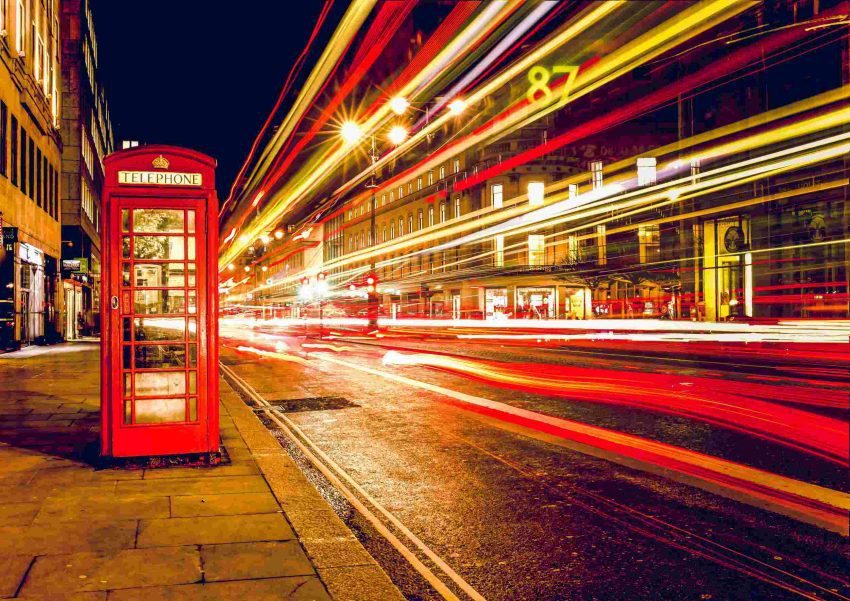Sometimes I read in various media about the supposedly dire safety situation in London—about “no-go” zones and the like. Influencers, populist politicians, and other self-proclaimed experts love to parrot this narrative. But when you ask them where exactly these “no-go” zones are, they fall silent. Personally, I don’t know of any—and I’ve walked London pretty thoroughly over the years, both day and night.
Vágner’s Safety Paradox
Not long ago, I was floored by extreme angler and National Geographic star Jakub Vágner, who in some interview praised how safe the Amazon is compared to London. Comparing London—with a population density of 5,700 people per km²—to the Amazon rainforest, which has a density of 0.5 people per km², requires a hefty dose of ignorance. I don’t need a Nobel Prize in mathematics to deduce that statistically, you’re far more likely to get mugged, robbed, or hit by a car in London. In the Amazon, on the other hand, you’re much more likely to get bitten by a snake or have candiru fish swim up your urethra while bathing. That’s assuming an anaconda doesn’t drag you underwater first.
Just as it’s hard for a city dweller to survive in the wild, it’s equally hard for someone from the wild to survive in the city. Every environment has its own rules to help reduce risk—even if danger can never be fully eliminated. Like any major city, including Prague, London has neighbourhoods with higher crime rates. But you simply don’t stroll through Lewisham or Croydon wearing a £100,000 Rolex. Just like you wouldn’t roll out your sleeping bag in the Sahara before dusk, unless you want scorpions and other critters crawling under it.
Gangsta Youth: Cheap Blood for Fast Cash
London has a pretty bad media reputation for knife attacks. It’s a serious issue, but it’s important to note that most of these incidents are gang-related score-settling. Sadly, many of those involved are teenagers. In some areas, gangs use minors to distribute drugs. If a kid sells something or takes it and doesn’t pay, dealers hire another teen to stab the offender for a few hundred quid—as a warning to others. Because of his age, the attacker faces a lighter sentence and earns street cred. So it’s not uncommon for both perpetrators and victims to be underage. The tabloids, chasing clicks, then splash dramatic headlines and photos of crying mothers clutching their children’s bloodied shirts. What you won’t read is how those same mothers didn’t care what their kids were doing in their free time—and basically ignored them.
Phone theft is also fairly common here. You’re walking down the street, staring at your screen, and suddenly someone on an e-bike snatches your phone and vanishes before you can react. If you use your phone on the street, it’s wise to stay aware of your surroundings. Mine’s insured—my bank offered it as a standard account perk. I back up my photos and other important stuff to iCloud, so losing the phone is just a minor inconvenience. I can block it remotely and wipe all data. But remember: if it comes to a confrontation, no phone—no matter how expensive—is worth risking your health, especially if you’re outnumbered. The golden rule taught in any good self-defense or martial arts class is: “Forget your ego—if you can, run.”
How Not to Dress for Trouble
London—and England in general—is football country. So, for example, it’s best not to wear a blue-and-claret combo in South London, as those are West Ham’s colors and might be seen as provocation by a Millwall supporter. There’s been deep-seated animosity between these clubs for decades. But this is the kind of thing jungle man Vágner has no clue about, which is why he might get punched in the face out of nowhere in Bermondsey. He’ll then happily go on TV to talk about rampant violence in London’s streets. Yet it’s the same principle as warring indigenous tribes in his beloved Amazon.
All You Need Is a Brain and a Map
Finally, before heading to London, it’s smart to research the area where you’ll be staying and moving around. Thanks to Google Street View, you can literally walk the neighborhood in advance. I do this before every trip. It’s how I’ve safely navigated Jamaica’s Kingston and the slums of the Philippines. There’s absolutely no need to be afraid in London—even at night. If you follow basic rules and use your head, your chances of getting hurt are no greater than in any other European city.


